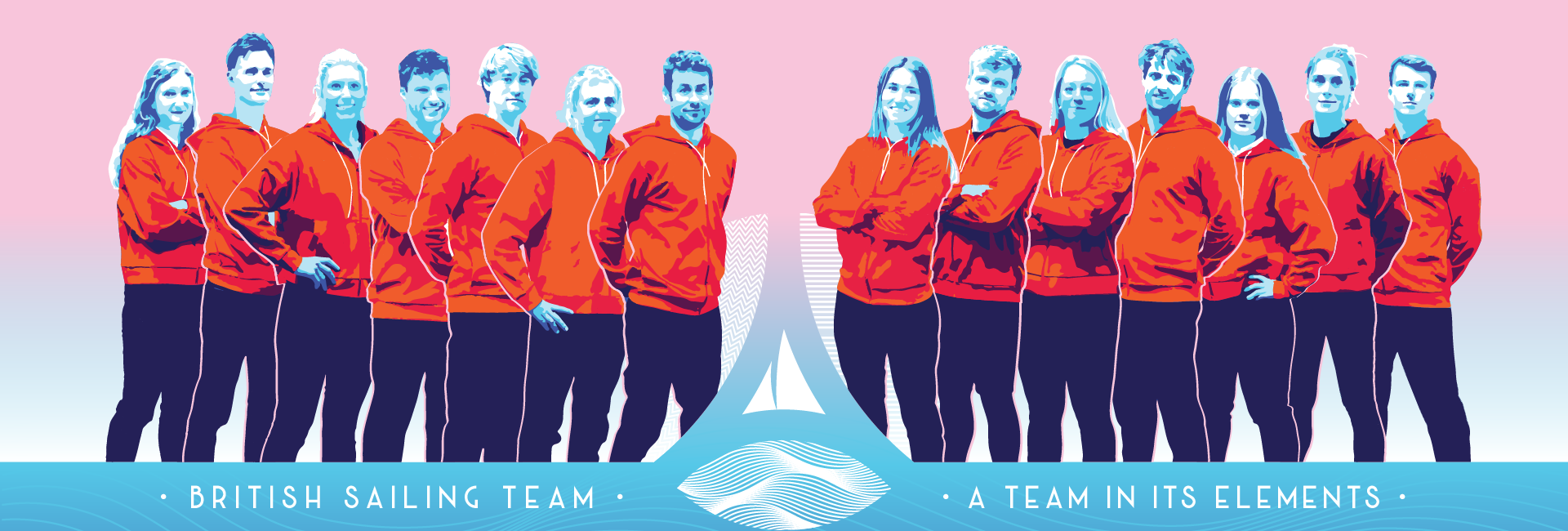
Classes
The British Sailing Team competes in all 10 Olympic classes.
WOMEN’S DINGHY – ILCA 6
The ILCA 6 dinghy, formerly the Laser Radial, is a one-design sailing boat designed for competitive racing and recreational sailing.
As a single-handed dinghy, it's typically sailed by one person, and it's known for its simplicity, affordability, and performance. With a 4.23-metre hull and a 7.06sqm sail, the ILCA 6 is a fast and agile boat, often used in club racing and youth sailing programs.
Its strict one-design class rules ensure a level playing field, making it a popular choice for sailors of various skill levels. It made its Olympic debut in 2008.
MEN’S DINGHY – ILCA 7
The ILCA 7 dinghy is a popular one-design sailing boat recognised for its simplicity and competitive racing.
Formerly known as the Laser Standard, the ILCA 7 belongs to the ILCA (International Laser Class Association) class of sailboats. Measuring 4.23 metres (13.9 feet) in length, it features a single sail and a lightweight hull, making it ideal for solo racing.
The boat is favoured for its responsive handling and the ability to thrive in a wide range of wind conditions. Its strict one-design class rules ensure that all ILCA 7 dinghies are identical, promoting fair competition and skill-based sailing. It’s been part of the Olympics since 1996.
WOMEN’S SKIFF – 49ERFX
The 49erFX is a one-design, high performance skiff that made its Olympic debut at Rio 2016.
The "49er" part of the name signifies the boat's length, which is approximately 4.9 metres (16 feet). The "FX" distinguishes it as the female version of the 49er class, with a smaller and more manageable sail area, making it an ideal choice for women's Olympic sailing events.
The 49erFX demands exceptional teamwork, agility, and tactical skill to excel in competitive sailing.

MEN’S SKIFF – 49ER
The 49er skiff is a one-design, high-performance sailing dinghy known for its exhilarating speed and agility on the water.
The 49er is a two-person boat, featuring a lightweight hull design with twin trapezes and a large, powerful sail plan, allowing it to reach impressive speeds and perform quick manoeuvres.
The class is known for its demanding nature, requiring sailors to have strong technical skills and physical fitness. It’s been part of the Olympics since Sydney 2000.
MIXED DINGHY – 470
The 470, named after the overall length of the boat at 4.70m, is a double-handed monohull planing dinghy which has been part of the Olympics since 1976. Equipped with a spinnaker and trapeze, teamwork is key to success in this boat. The optimum weight for the crew is between 120-135kg.
Designed in 1963 by Frenchman André Cornu, the 470 became an Olympic class in 1976 at the Montreal Olympic Games. It was an open event until the 1988 Olympic Games in Seoul, where it became two separate events for men and women.
The 1988 event was the first ever women’s-only sailing event at the Olympic Games. At Paris 2024 the 470 will be a mixed class for the first time, having previously had men’s and women’s medals.

MIXED MULTIHULL – NACRA 17
The Nacra 17 is a high-performance multihull sailing boat designed for competitive racing in the Olympic Games. It’s a 17ft, two-person catamaran featuring a dual-hulled design, built for speed and excitement.
The Nacra 17 is known for its cutting-edge design and innovative features, such as foiling technology, where hydrofoils lift the hulls out of the water, reducing drag and enabling the boat to achieve high speeds.
This dynamic and thrilling sailboat demands exceptional teamwork and skill from its crew, making it one of the most challenging and exciting classes in Olympic sailing.
MEN’S AND WOMEN’S WINDSURFING – IQFOIL
The iQFOiL class is a high-performance windsurfing class introduced for the 2024 Olympic Games. It revolutionises Olympic windsurfing with a cutting-edge, foiling design.
The heart of iQFOiL is its innovative hydrofoil board, which uses a hydrodynamic fin beneath the board to lift the rider above the water, reducing drag and enabling faster speeds.
This design encourages a tactical and exciting racing format, where athletes must combine their physical prowess, strategic skills, and board control to excel.

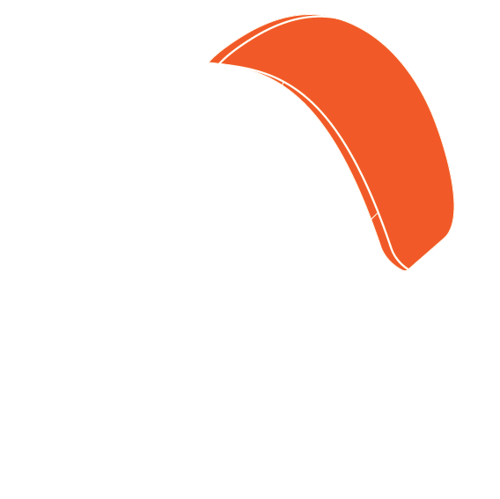
MEN’S AND WOMEN’S KITE – FORMULA KITE
Kite foiling is one of two new sailing disciplines for Paris 2024, joining the ten-class roster along with foiling windsurfing.
It sees athletes ‘fly’ above the water riding short surfboard-like boards with hydrofoils beneath them, propelled to speeds of more than 50mph by enormous kites.
The Formula Kite class governs the equipment competitors can use. Unlike other classes it’s not a one design class, instead, athletes can choose their equipment from a list of pre-approved options.










